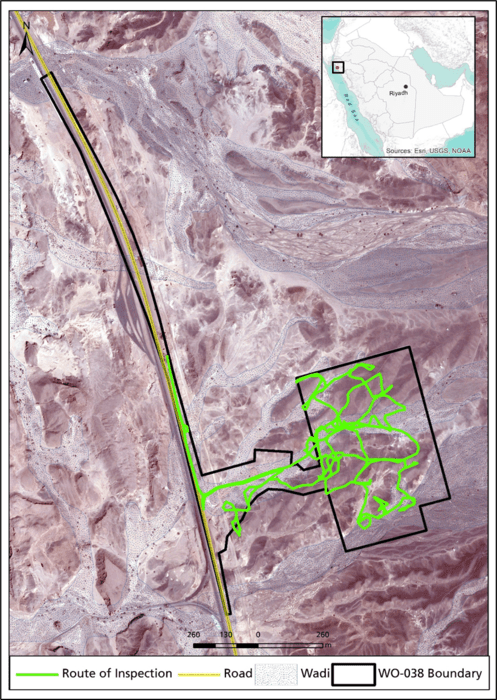
NATIVE TREE TRANSLOCATION IN NEOM
The Problem: Our client planned to develop a new world-class industrial metal recycling facility in Jubail Industrial City; but first, a comprehensive environmental study was required by the regulatory authority to qualify Al Qaryan for the environmental permit for the project. The Solution: To help our client move the project forward, we drew on our extensive knowledge of the permitting process and future requirements. We prepared the environmental permitting package for the project, including the completion of the Permit Application Package, creating a comprehensive Environmental Impact Assessment Study, and developing an Environmental Emergency Response Plan for submission to the Royal Commission of Jubail. The Result: Al Qaryan needed speed on this project, and STATERRA’s agile team delivered. Working on multiple tasks in parallel and with close stakeholder follow-up, and using our proven methodologies and state-of-the-art tech to ensure accurate and comprehensive results as well as rapidity, we were able to help our client obtain the permit in record time.
Case
Studies
The diversity of life on Earth is critical to the health of our planet and our personal well-being.
Nature, on the other hand, is under unprecedented stress.
Our demands for food, water, and land, as well as our increasing demand for energy, are destroying habitats, polluting our air and water, and driving animal and plant species to extinction.
Staterra’s goal is to play a significant role in improving the quality of our environment for the benefit of all people while promoting a better understanding of the effects of our society on the long-term health of our planet.
Overview
Staterra was hired to conduct a rapid ecological survey of WO-038 Oxagon Site at NEOM, Saudi Arabia, with a focus on identifying the biotic environment and native tree species present in the area.
The project site is located in the north-west of the Kingdom adjacent to the coastline of the Red Sea.
The objective of the project was to characterise the biotic environment and identify ecological features at the survey area.
Additionally, Staterra aimed to translocate native tree species to other sites in accordance with NEOM’s vision to preserve them.
Methods
Staterra’s team of specialists comprised Omar Abed (Senior Ecologist/Zoologist), Issa Rawajfeh (Field Researcher), and Abdulrahman Farahat (Field Assistant), while desktop literature review and report production were carried out by Laith El-Moghrabi (Lead Ecologist) and Omar Abed.
The field survey was undertaken on the 5th of January 2023. The survey included a comprehensive drive-over with regular stops to record ecological features along the Study Area.
Some parts of the Study Area were not accessible by car and therefore were covered by a walkover survey. The survey recorded key landscape features, flora and fauna species, and human land use features. The survey team aimed to mark all arboreal species that are present along the inspection routes. However, it should be mentioned that the recorded features are therefore a subsample and do not represent all features present.

Conclusion
Staterra’s rapid ecological survey provided valuable information about the biotic environment and native tree species present at the WO-038 Oxagon Site.
The survey identified ecological features, biogeography and phytogeography, habitats, and flora species.
Staterra’s translocation of native tree species will contribute to NEOM’s vision to preserve them.
The survey will help leaders align their growth targets with achieving environmental management excellence, with practical, actionable solutions, tailored to their needs. Staterra’s deliverables and support will empower businesses to do better, build for the future, meet goals, and go beyond compliance.
Results
The Study Area is located within the Sudanian region, which is represented in the Kingdom along a relatively narrow strip along the Red Sea coast as well as the Arabian Gulf coast.
The Study Area consists of gravel hills with hard substrate and a sand gravel wadi in the western part.
The Study Area contains relatively moderate vegetation cover of trees, shrubs, and annuals. It is part of the Red Sea Arabian Desert Shrublands Ecoregion and is dominated by Vachellia tortilis and Haloxylon salicornicum.
The vegetation cover is overall low with less than 1% overall. The survey recorded fourteen (14) plant species belonging to ten (10) genera and seven (7) families.

